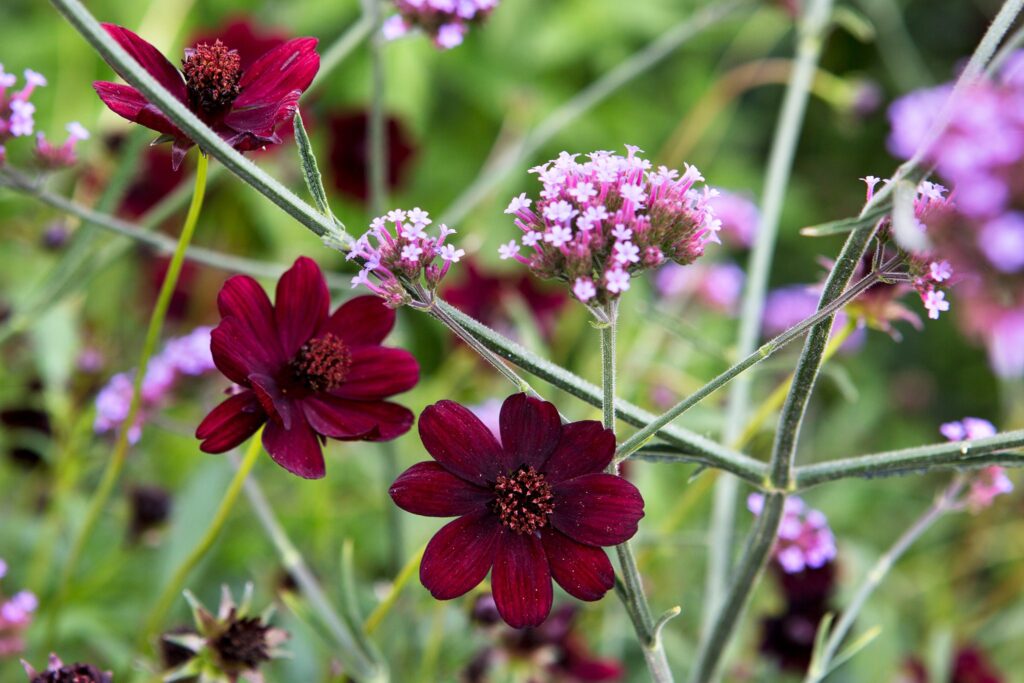Introduction
Skin conditions can often impact more than just our physical appearance — they affect confidence, comfort, and even daily life. Among the lesser-known dermatological concerns is Boylecheloid, a term that describes an abnormal overgrowth of scar tissue resembling keloids but linked to certain inflammatory or boil-like skin reactions. Though not widely recognized in mainstream medical literature, the condition is increasingly discussed among dermatologists and skincare experts due to its distinctive presentation and persistence.
Boylecheloid typically develops after skin trauma, infection, or inflammation — much like keloids or hypertrophic scars. However, its onset often follows a boil (furuncle) or abscess that has healed improperly. The result is a raised, firm, and sometimes itchy or painful lesion that may grow beyond the boundaries of the original wound. People prone to keloid formation or who have experienced chronic skin infections are more likely to develop Boylecheloid scars.
Understanding Boylecheloid involves recognizing its dual nature: part infection-related and part scarring abnormality. This blend makes treatment complex and sometimes frustrating for patients. While conventional scar treatments such as corticosteroid injections, silicone gels, and laser therapy can help, managing Boylecheloid requires a deeper look into underlying causes — including immune response, genetic predisposition, and skin type.
In this guide, we’ll explore every aspect of Boylecheloid — from identifying symptoms to finding effective prevention and treatment strategies. Whether you’ve noticed a scar that doesn’t seem to heal properly or you’re researching on behalf of someone dealing with this condition, the following sections will provide practical, evidence-based insights.
What Is Boylecheloid?
Boylecheloid is a term used to describe scar-like tissue growth that forms after an inflammatory skin lesion such as a boil or cyst. Similar to keloids, these scars extend beyond the original wound and can continue to grow over time. They often appear shiny, raised, and firm, with a color that may range from pink to dark brown depending on skin tone. Unlike typical scars, Boylecheloids may also cause tenderness, itching, or discomfort when pressure is applied.
The distinguishing factor of Boylecheloid scars lies in their origin. While keloids can result from any skin injury — from piercings to surgery — Boylecheloids usually arise after infected or inflamed lesions. When a boil heals, excessive collagen production can lead to abnormal tissue repair. This overactive healing response results in the thickened, elevated scar that characterizes Boylecheloid. Understanding this process is essential for effective treatment and long-term prevention.
Common Causes and Risk Factors
Boylecheloid formation is most commonly linked to infection-related skin trauma. When a boil or abscess heals, the skin undergoes a natural repair process involving collagen synthesis. However, in some individuals, fibroblasts — the cells responsible for collagen production — go into overdrive. The resulting overproduction of collagen creates dense, raised tissue that persists long after the wound has closed.
Several factors can increase one’s risk of developing Boylecheloid scars. Genetics plays a key role; people with a family history of keloids or hypertrophic scarring are more susceptible. Skin type also matters — studies show darker skin tones have a higher likelihood of abnormal scar formation. Additionally, hormonal imbalances, chronic inflammation, and certain autoimmune responses can intensify the risk. Understanding these triggers can help tailor preventive care and early interventions.
Recognizing the Symptoms
The early signs of Boylecheloid often include a small, raised bump at the site of a healed boil. Over time, the lesion thickens and becomes more noticeable, sometimes growing beyond the original area. Patients frequently describe sensations of tightness, itching, or mild pain, particularly when the scar is stretched or exposed to friction.
In some cases, Boylecheloids can interfere with mobility or cause psychological distress due to their appearance. Unlike regular scars, they don’t fade naturally over time. Instead, they may continue to enlarge gradually. Accurate diagnosis by a dermatologist is crucial, as Boylecheloid can resemble other conditions like hypertrophic scars, cystic acne remnants, or dermatofibromas. Early identification ensures timely and appropriate management.
Medical Treatments for Boylecheloid
Treating Boylecheloid requires a combination of medical and procedural approaches. Dermatologists often begin with corticosteroid injections, which help reduce inflammation and flatten the raised scar. For more stubborn lesions, options such as cryotherapy (freezing therapy), laser resurfacing, or surgical excision may be considered. However, because Boylecheloid scars have a tendency to recur, surgery is usually combined with additional therapies to prevent regrowth.
Recent advancements in dermatology have also introduced treatments like pressure therapy, silicone gel sheeting, and intralesional chemotherapy agents such as 5-fluorouracil. These methods aim to regulate collagen production and minimize scar elevation. Combining medical treatments with consistent follow-up care offers the best chance of long-term improvement. Each treatment plan should be personalized, considering the patient’s skin type, medical history, and scar behavior.
Home Remedies and Natural Care
While professional treatments are essential for significant Boylecheloids, some natural and at-home methods can support recovery and reduce discomfort. Gentle daily massage using vitamin E oil, aloe vera, or rosehip seed oil can improve elasticity and promote healthier skin remodeling. Maintaining proper hydration and a diet rich in antioxidants — including vitamins A, C, and E — supports the body’s natural healing response.
Avoiding irritation is equally important. Individuals should refrain from scratching or picking at the scar and protect the area from sun exposure, which can darken the lesion and worsen its appearance. Although home remedies may not eliminate Boylecheloid scars entirely, they play a supportive role in soothing symptoms and enhancing the results of medical interventions.
Preventing Boylecheloid Formation
Prevention is always more effective than treatment. To minimize the risk of developing Boylecheloid, prompt and proper care of boils, acne, and wounds is crucial. Keeping the affected area clean, avoiding unnecessary pressure or friction, and seeking medical attention for infections can help the skin heal correctly. Applying topical antibiotic ointments and mild anti-inflammatory creams may also reduce inflammation and prevent excessive collagen buildup.
For individuals with a known history of abnormal scarring, proactive measures are vital. Dermatologists may recommend silicone gel or pressure dressings immediately after a wound heals to discourage overgrowth. Regular check-ups and early interventions significantly lower the likelihood of Boylecheloid recurrence. Being aware of one’s predisposition allows for smarter skincare decisions and more confident healing.
Living With Boylecheloid: Emotional and Social Impact
The visible nature of Boylecheloid scars can affect more than just physical comfort. Many people experience self-consciousness or embarrassment, especially if scars appear on exposed areas like the face, neck, or shoulders. Psychological studies on skin disorders show a strong link between visible scars and reduced self-esteem, often influencing social interactions and lifestyle choices.
Fortunately, increased awareness and modern cosmetic solutions are changing this narrative. Makeup techniques, scar camouflage treatments, and non-invasive cosmetic procedures help individuals regain confidence while managing their condition. Support groups and online communities also provide valuable emotional backing for those coping with long-term skin challenges.
Conclusion
Boylecheloid represents a complex intersection of infection, inflammation, and abnormal scarring — a condition that can be both physically and emotionally taxing. Understanding its causes, recognizing symptoms early, and seeking professional treatment are crucial steps toward effective management. From corticosteroid injections to natural care, the right combination of therapies can significantly reduce discomfort and improve appearance.
While Boylecheloid may not be preventable in every case, proactive skincare and awareness can minimize its impact. If you suspect you’re developing a Boylecheloid scar, consult a dermatologist promptly. With patience, proper care, and professional guidance, it’s entirely possible to restore both skin health and self-confidence.






